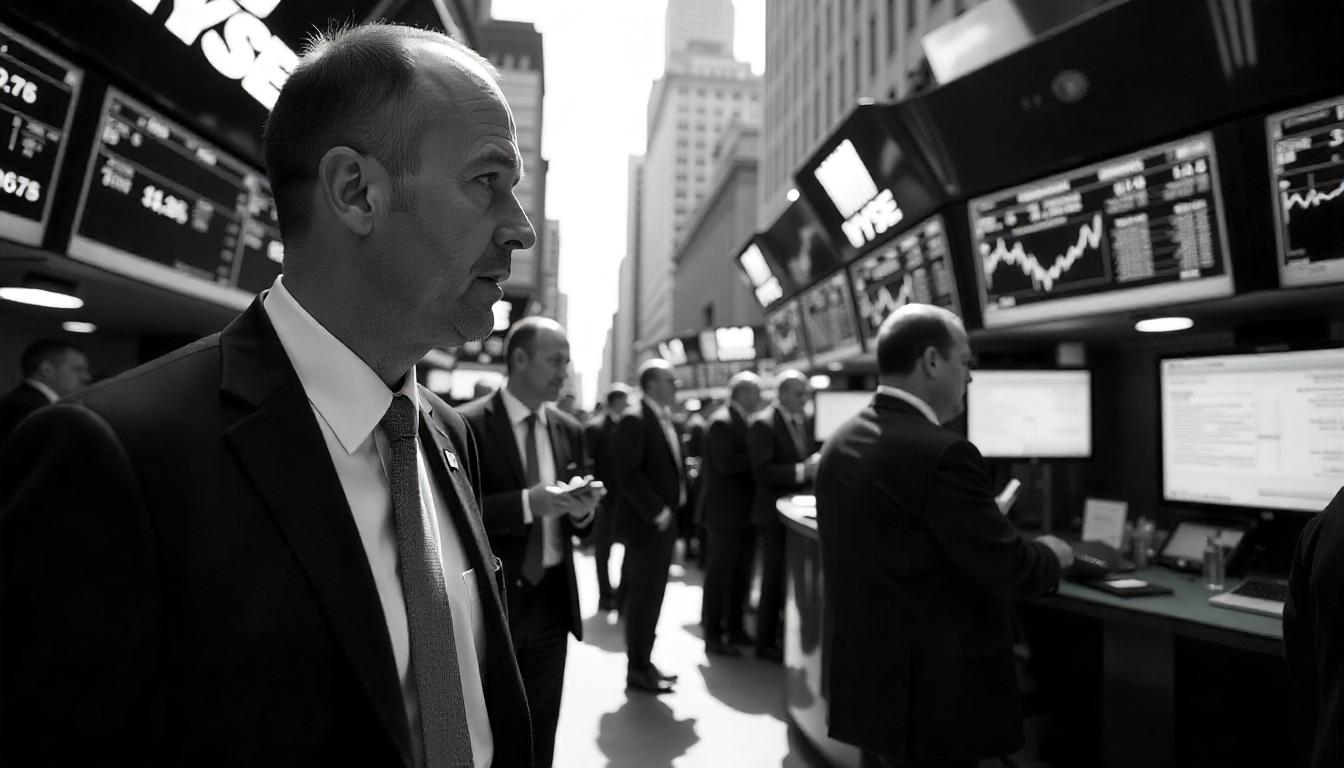Powell Under Political Fire as Trump and GOP Allies Turn Up the Heat on Fed Leadership
Federal Reserve Chair Jerome Powell is facing intensifying scrutiny from former President Donald Trump and a growing chorus of Republican lawmakers and officials, raising questions about his ability to finish his term through May 2026.
The pressure campaign is rooted in concerns over high interest rates, alleged mismanagement of Federal Reserve operations, and accusations of political bias. Markets, already navigating volatile global conditions, are now closely watching for signs of potential leadership upheaval at the U.S. central bank.
Trump Revives Criticism of His Own Fed Pick
Trump, who appointed Powell as Fed Chair in 2017, has rekindled tensions with the central bank chief. After years of criticizing Powell over interest rate hikes, the former president is once again calling for his removal—this time accusing him of economic sabotage.
In late June, Trump labeled Powell a “stubborn mule,” blaming the Fed’s high interest rates for dragging down the economy. Days later, the White House released an image of Trump’s handwritten note urging Powell to slash rates, citing international examples of lower borrowing costs.
On July 3, Trump escalated his attacks on Truth Social, calling for Powell’s resignation and linking him to alleged misconduct surrounding the $2.5 billion renovation of the Fed’s D.C. headquarters—though that project began before Powell assumed the chair in 2018.
While Trump has publicly denied any immediate plan to fire Powell, insiders say names like Kevin Warsh and Fed Governor Christopher Waller are being floated as potential replacements. Reports suggest that Trump’s economic advisers have also dusted off legal strategies first explored in 2019 to remove Powell from office.
Housing Regulator Joins Chorus of Criticism
Bill Pulte, head of the Federal Housing Finance Agency (FHFA), has emerged as a surprising and vocal critic. Pulte accuses Powell of worsening the housing crisis by keeping mortgage rates elevated and misleading lawmakers about the scope of the Fed’s headquarters renovations.
On July 2, Pulte demanded a formal congressional investigation, supported by Senator Cynthia Lummis (R-Wyo.), who expressed concern that the Fed’s monetary policy is eroding home affordability nationwide.
Powell, for his part, denied the existence of extravagant spending such as a private “VIP dining room” in the new headquarters, calling such claims “fictional.”
Congressional Republicans Raise the Stakes
Capitol Hill is amplifying the pressure.
Senator Rick Scott (R-Fla.) accused Powell of leading an “unaccountable” central bank that lost trillions and contributed to runaway costs. Senator Tommy Tuberville (R-Ala.) has repeatedly demanded Powell’s ouster.
House Judiciary Chair Jim Jordan (R-Ohio) told Bloomberg that an investigation into Powell is “on the table,” though no official inquiry has yet been launched.
While Treasury Secretary Scott Bessent has expressed concerns about market instability should Powell be removed, he has also signaled openness to replacing the Fed chair when his term expires.
Powell Maintains Composure—For Now
Despite the noise, Powell appears unfazed. Protected by the Federal Reserve Act—which stipulates a Fed chair can only be removed “for cause”—he remains legally secure in his position. A recent Supreme Court ruling has further bolstered those protections.
Powell continues to reiterate the Fed’s commitment to data-driven decision-making. At the June 18 FOMC press conference, he defended the Fed’s decision to hold rates steady between 4.25% and 4.5%, citing ongoing inflation risks, especially from Trump’s proposed tariff package.
He also noted that while inflation has cooled, potential trade disruptions could push it back up toward 3%, jeopardizing the Fed’s 2% target.
Still, Powell pointed to an otherwise strong economy, with 4.2% unemployment and private sector growth holding around 2.5%. When asked about Trump’s criticisms, Powell emphasized the Fed’s independence and its mission to ensure a stable economic environment.
Market Jitters and Future Uncertainty
So far, Powell’s job remains intact. But political momentum is building. Legal barriers may shield him from outright dismissal, yet persistent attacks could undermine his influence and authority. Some analysts warn of a “shadow chair” scenario, where Powell becomes effectively sidelined.
Whether Trump ultimately seeks to remove Powell before his term ends—or waits until 2026 to reshape the Fed—the battle over U.S. monetary policy leadership is now in full swing. Markets will be watching closely.





